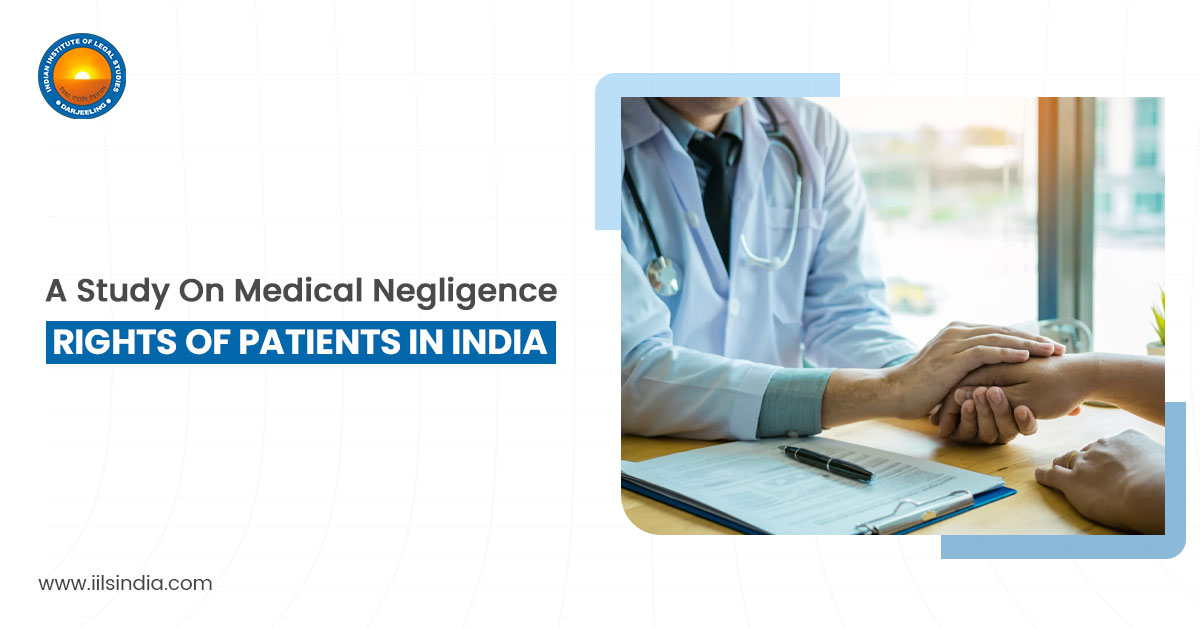Medical negligence is a pressing issue in India, where errors in healthcare can lead to severe harm or even the loss of life. Despite the existence of legal remedies, many victims fail to seek justice due to a lack of awareness about their rights and the complexities of the legal system. Law colleges in Cooch Behar play a critical role in bridging this gap by equipping future lawyers with the knowledge to address medical negligence and empowering communities to understand and claim their rights.
Understanding Medical Negligence and Patients’ Rights
Medical negligence occurs when a healthcare professional breaches the standard of care required in their field, resulting in harm to a patient. In India, victims of medical negligence have several avenues to seek redress:
1. Consumer Protection Act, 2019: Recognizing healthcare as a service, this Act allows patients to file complaints in consumer courts for compensation.
2. Civil Law (Tort Law): Patients can seek damages in civil courts for harm caused by negligence.
3. Indian Penal Code (IPC): In extreme cases, medical professionals may face criminal liability under Section 304A for causing death by negligence.
Rights of a Patients
Right to Informed Consent: Patients must be informed about the risks, procedures, and alternatives before undergoing treatment.
Right to Access Medical Records: Healthcare providers must provide medical records to patients for transparency.
Right to Safe Treatment: Patients have a right to care that adheres to medical standards.
Right to Compensation: Victims of negligence are entitled to claim damages for physical, emotional, and financial loss.
While these rights exist, they are often inaccessible to the majority of India’s population due to low legal literacy and financial barriers. Law colleges, as centers of education and advocacy, can play a transformative role in addressing this issue. Law colleges are more than academic institutions; they are catalysts for social change.
Law colleges can conduct awareness programs for local communities, educating people about medical negligence and their legal rights. Through workshops, seminars, and outreach initiatives, these institutions can demystify complex legal processes and empower individuals to act against negligent practices.
Law colleges equip students with the skills and knowledge needed to handle medical negligence cases. Practical training through moot courts, internships, and case studies ensures that future legal professionals are prepared to advocate for victims and hold healthcare providers accountable.
By studying local cases of medical negligence and analyzing healthcare challenges, law colleges can contribute to policy reform and propose solutions to systemic issues. Research findings can inform legal advocacy and encourage improvements in healthcare practices.
Conclusion
The role of law colleges in Cooch Behar addressing medical negligence and promoting patients’ rights in India is indispensable. These institutions not only prepare future lawyers to navigate complex legal challenges but also serve as beacons of awareness and empowerment for society. By combining education, advocacy, and ethical practice, law colleges can help bridge the gap between patients and justice, ensuring that the rights enshrined in the law are accessible to all.

